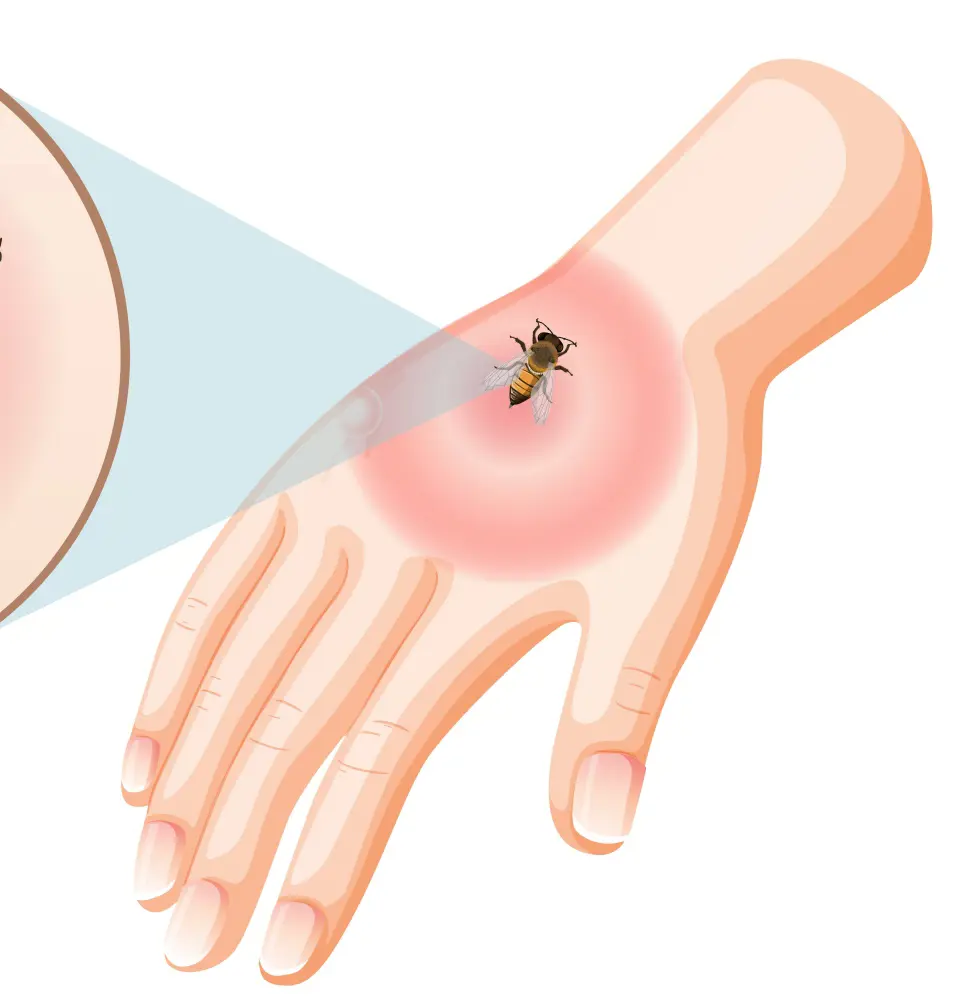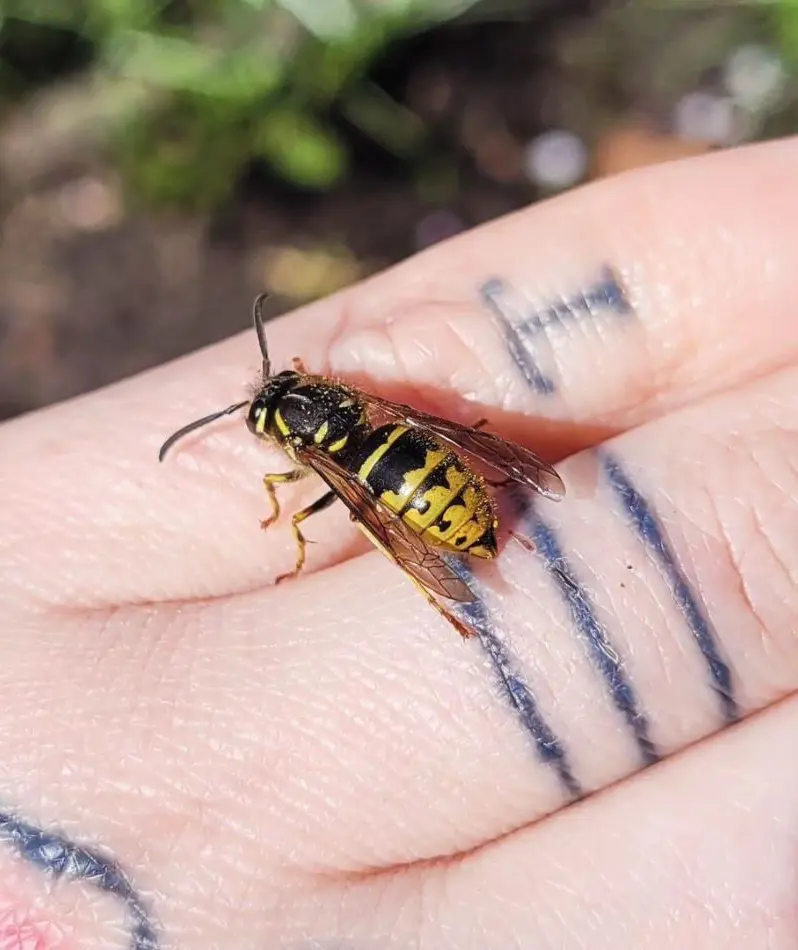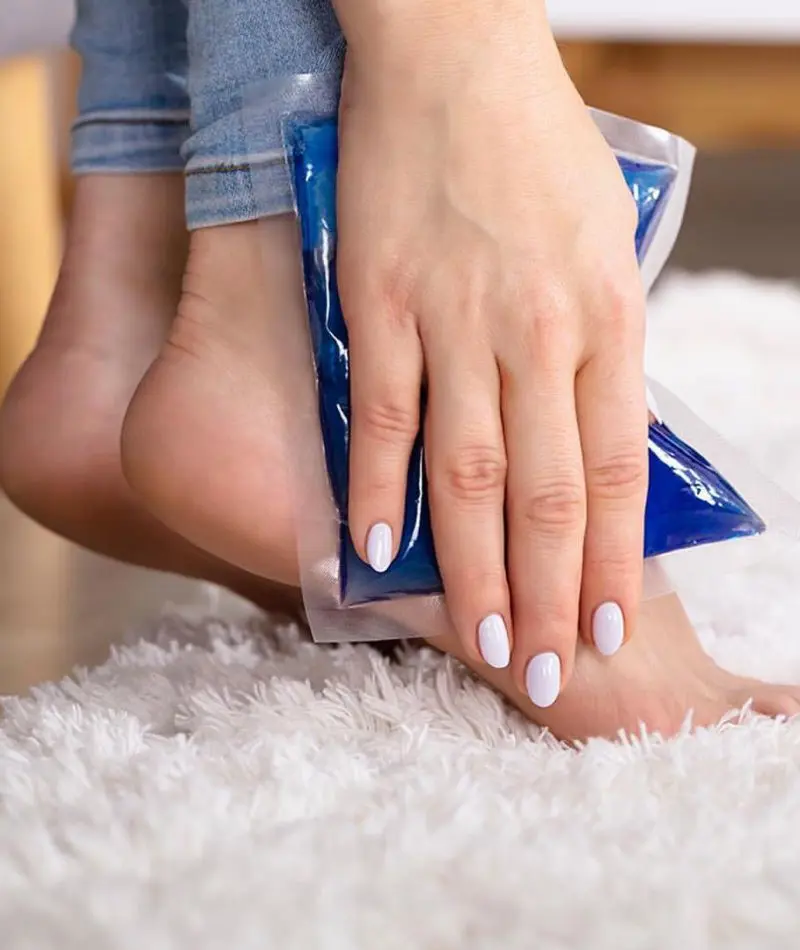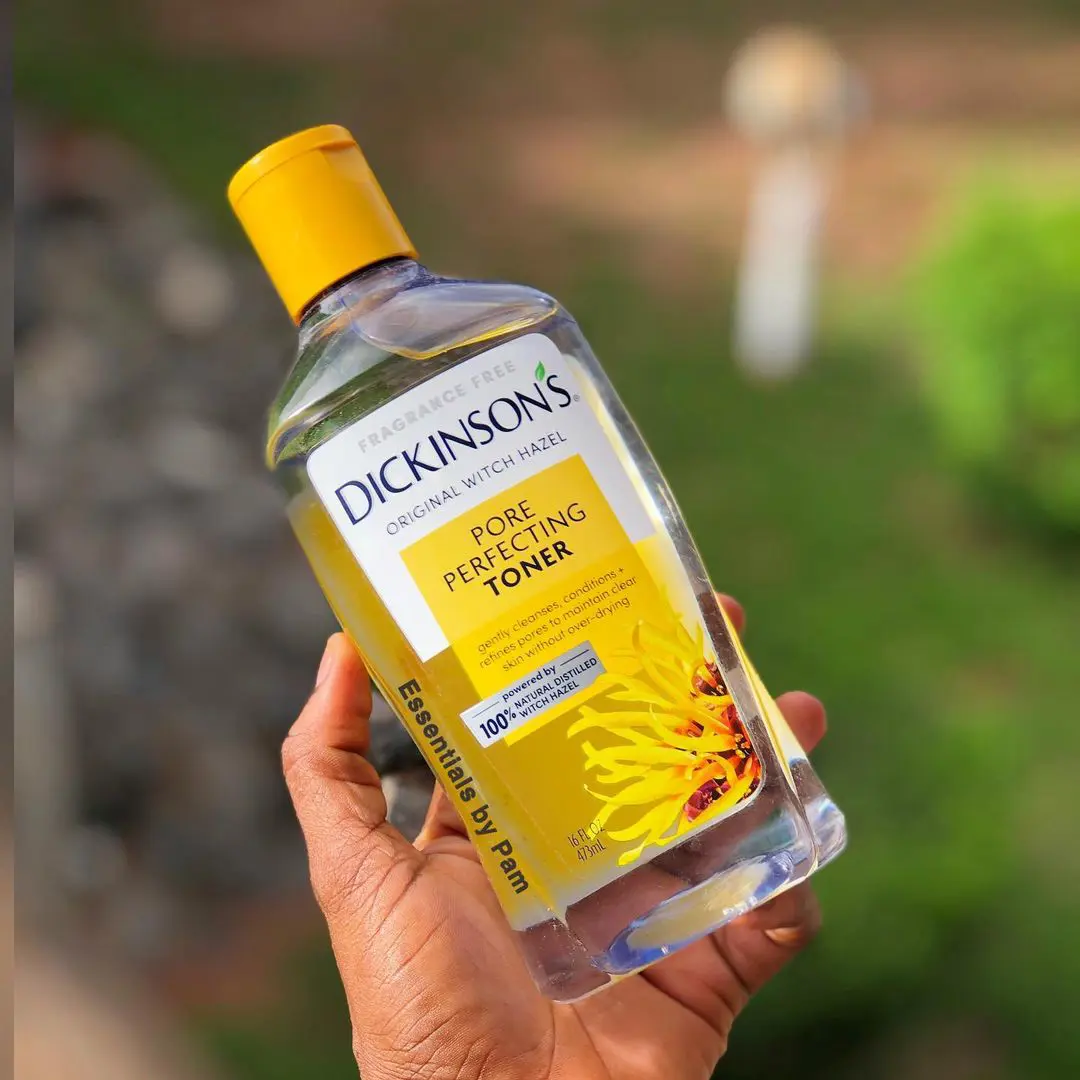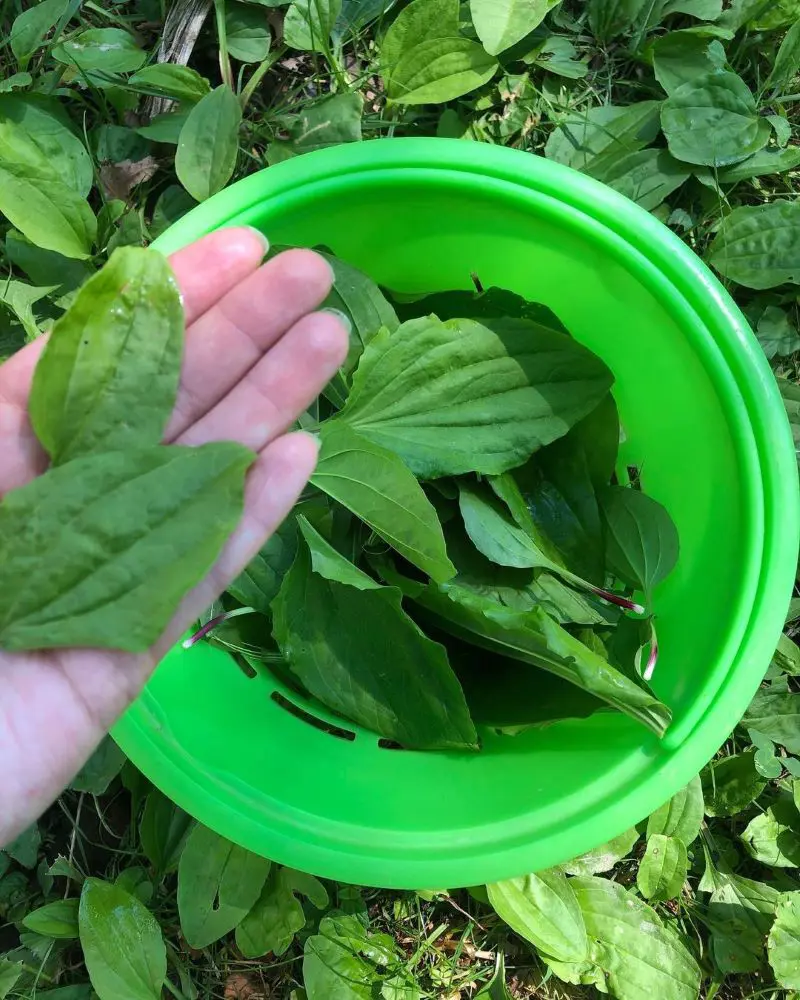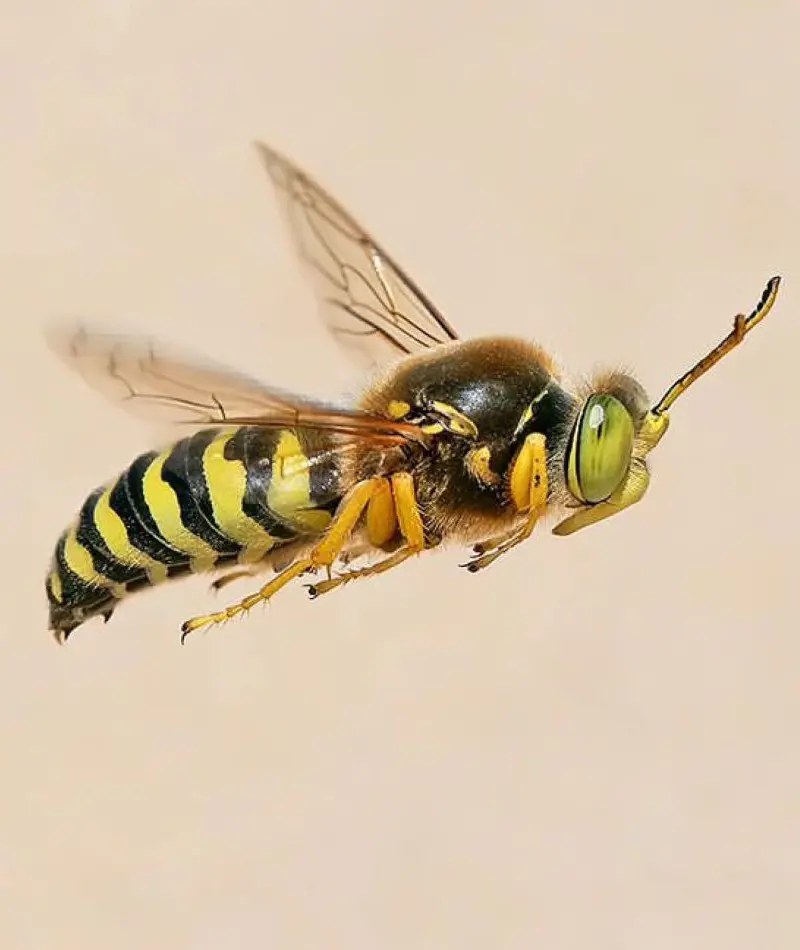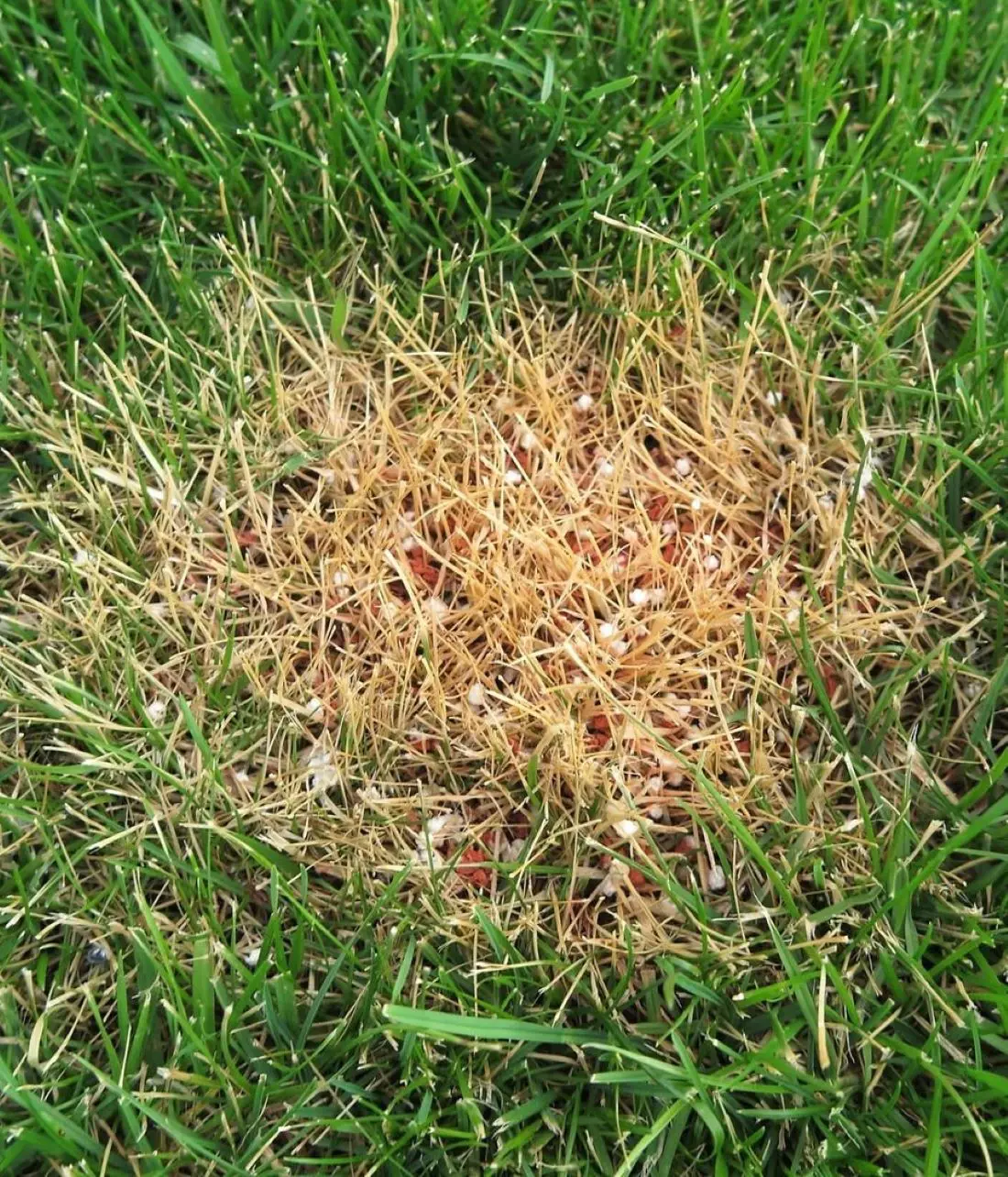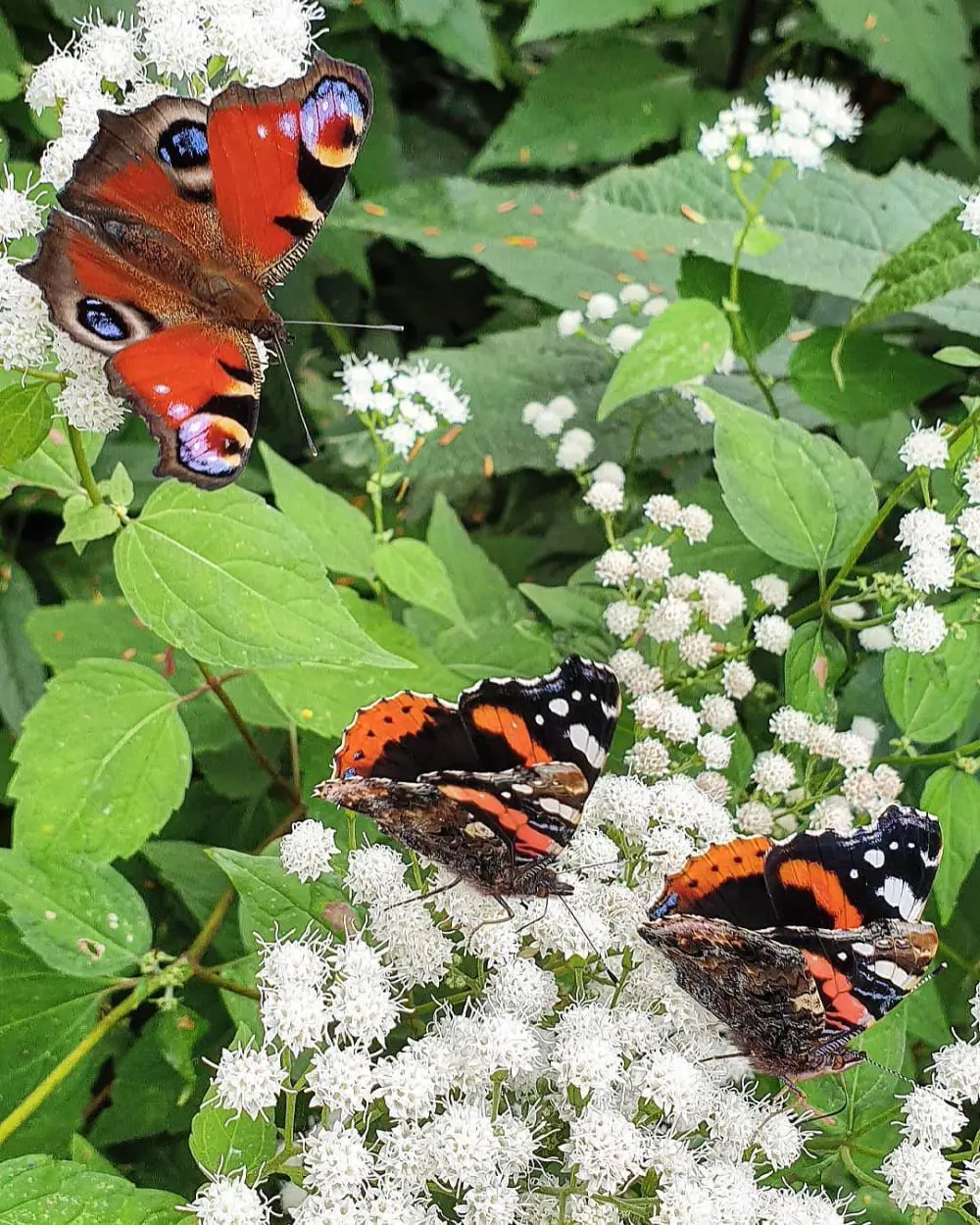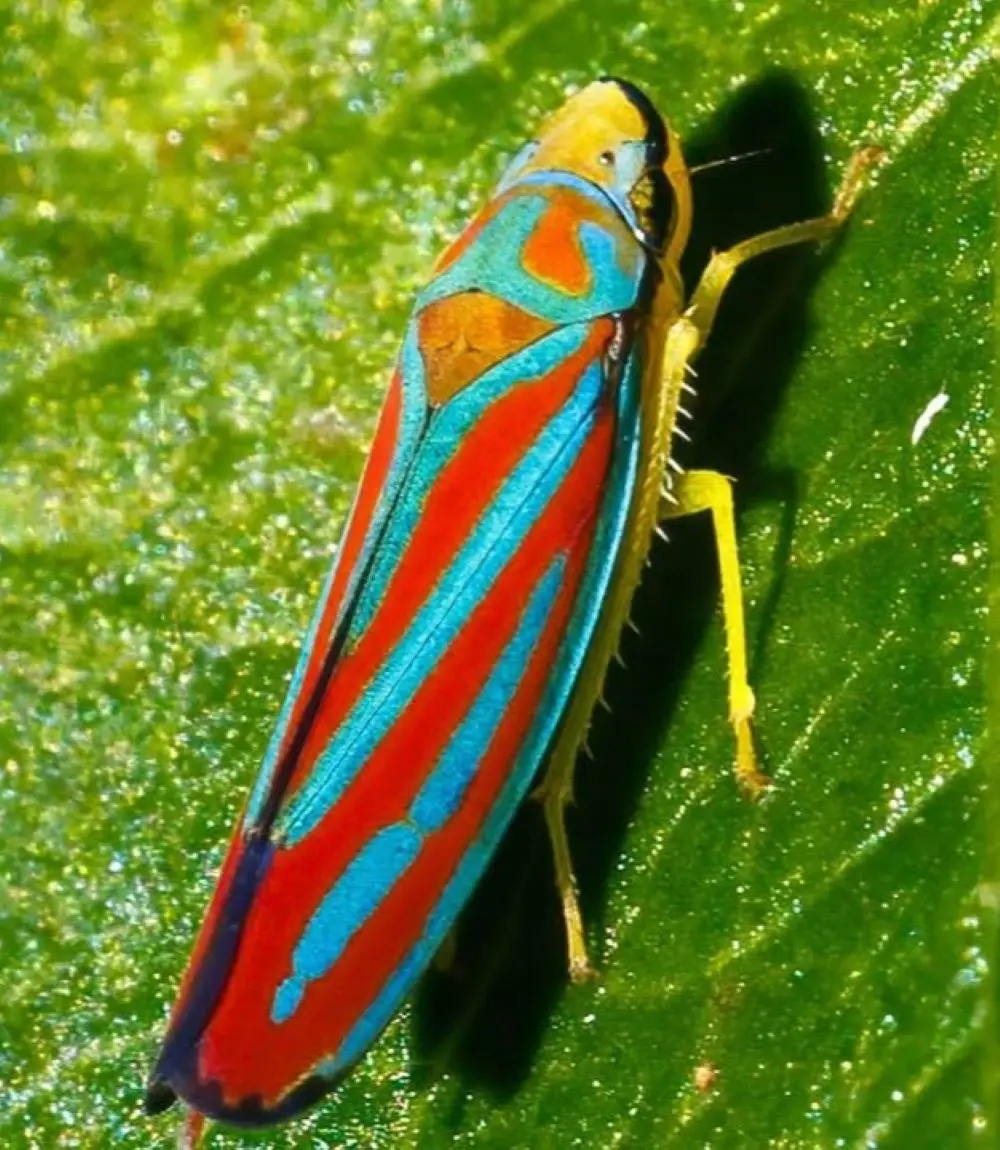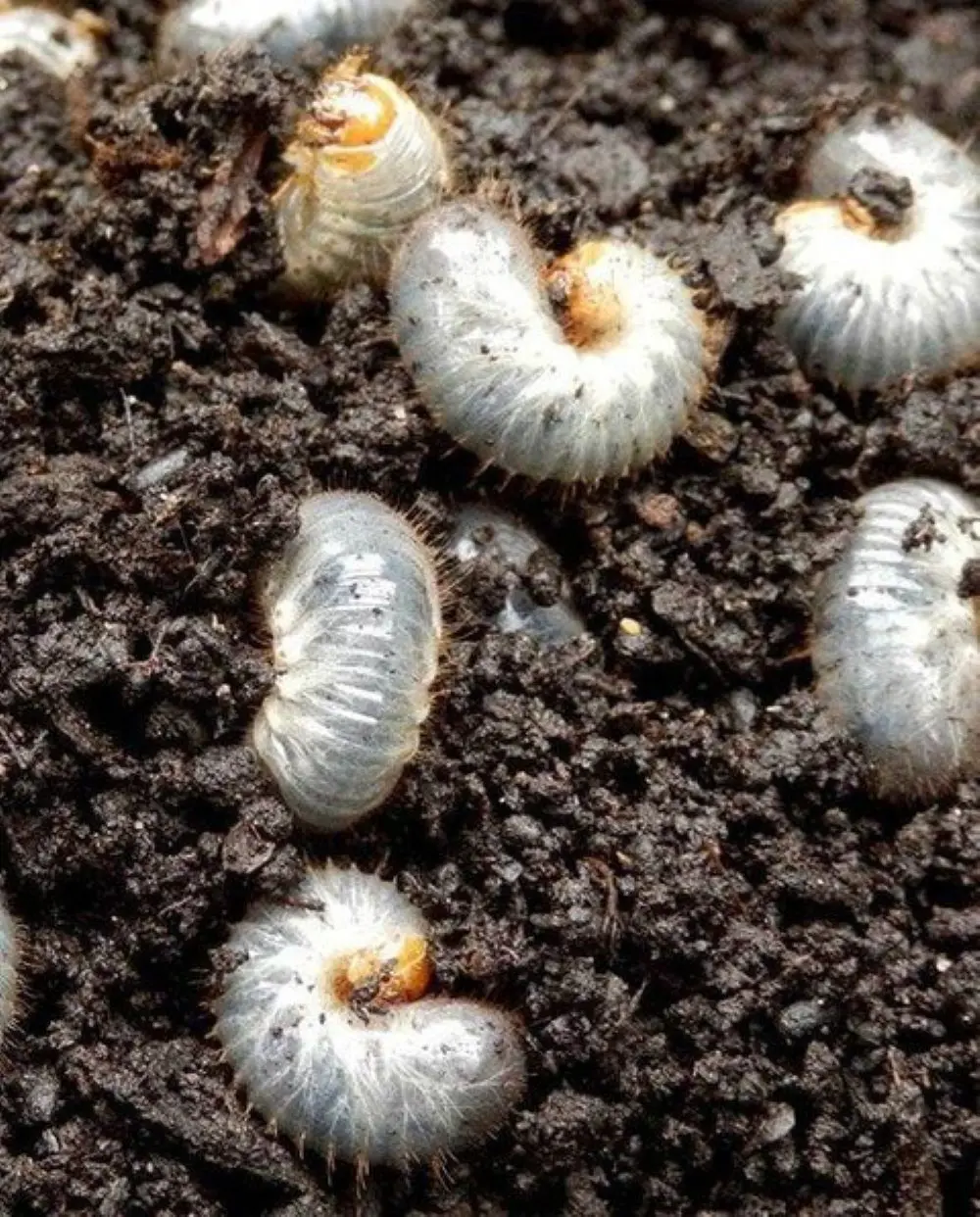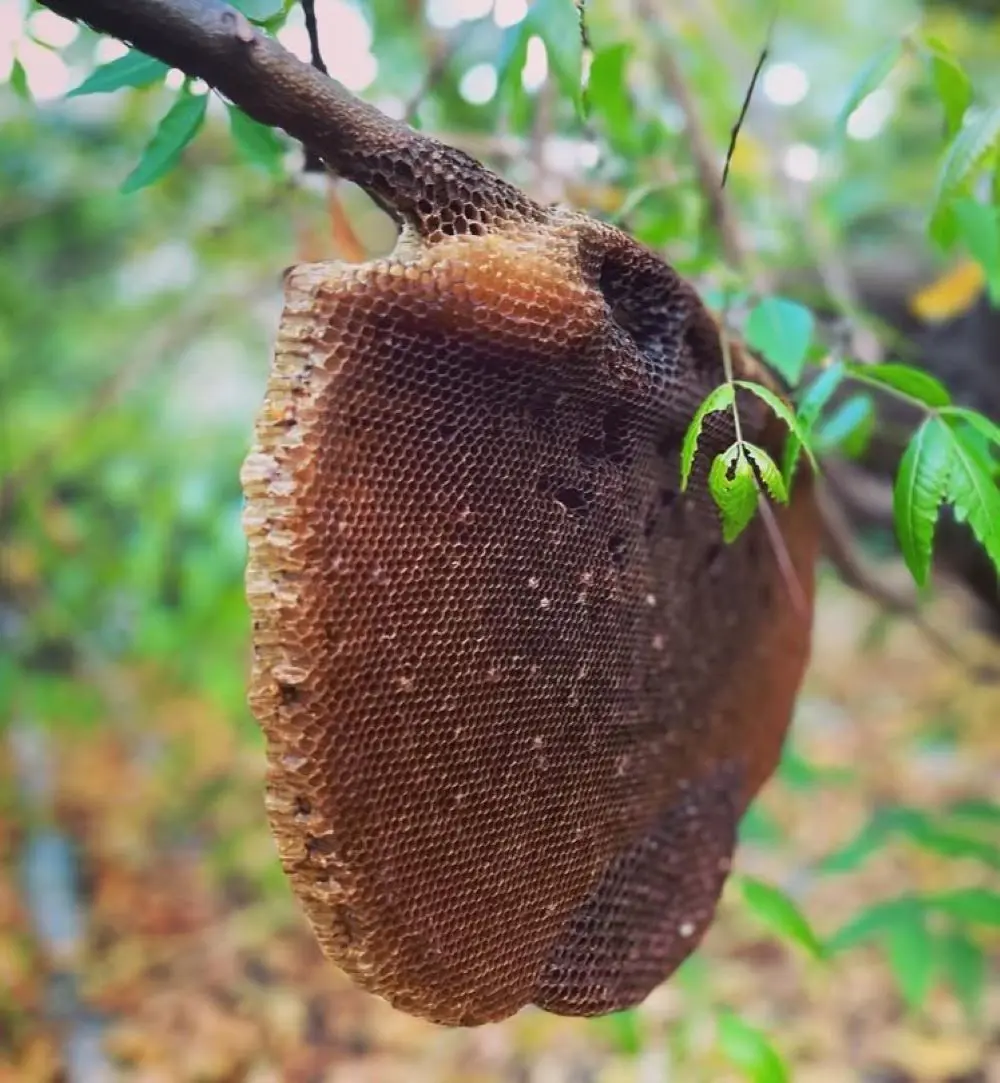While the natural wasp sting treatment may be effective, you might need to seek medical attention for a wasp sting in the following situations:
Severe Allergic Reactions
Reaction to wasp sting may include signs such as; trouble breathing, swollen face, throat or tongue, feeble or irregular pulse, low blood pressure, and skin rashes or hives.
Widespread Swelling
If there is a formation of swollen tissues beyond the sting area or the growth of swelling from the sting, it may be more dangerous. Normally, there should be swelling around the area of the sting, and if the swelling spreads to your arm or leg hugely or the swelling is big this might be a sign of a massive problem.
Swelling all over the body may also be suggestive of anaphylaxis or a general overhaul in the body’s immune response which may warrant a doctor’s attention.
Intense Pain
If a wasp sting causes severe pain that does not ease with the use of medications then you should visit a doctor. Some degree of pain and discomfort is to be expected and a part of the recuperative process but constant or increasing discomfort may be indicative of a reaction.
Pain that does not fade might mean that the sting has affected deeper tissues or an allergic reaction one's occurring after the sting. Also, constant soreness may signify that the venom is producing more significant inflammation in the body.
Signs of Infection
If you have increased redness, swelling, tenderness, or pus forming at the sting site you should consult a doctor in order to avoid complications. These symptoms point to the fact that things have become complicated in the sting.
Infection also results in other complications such as other discomfort and may also slow down the recovery period besides putting the other areas of the body at risk for the same infection.
